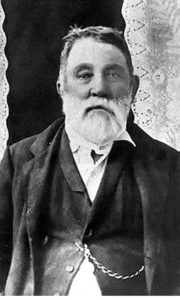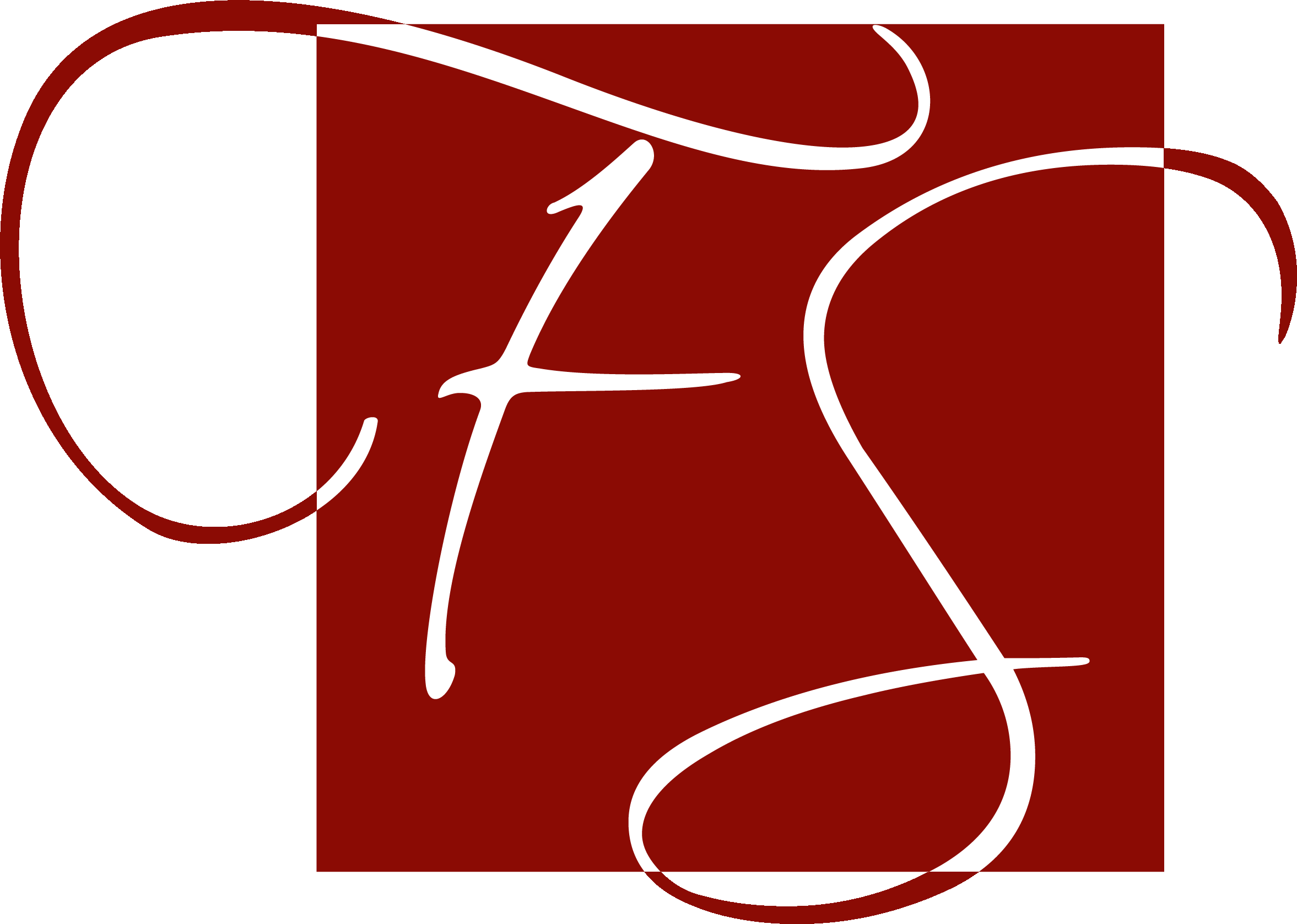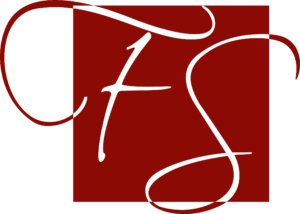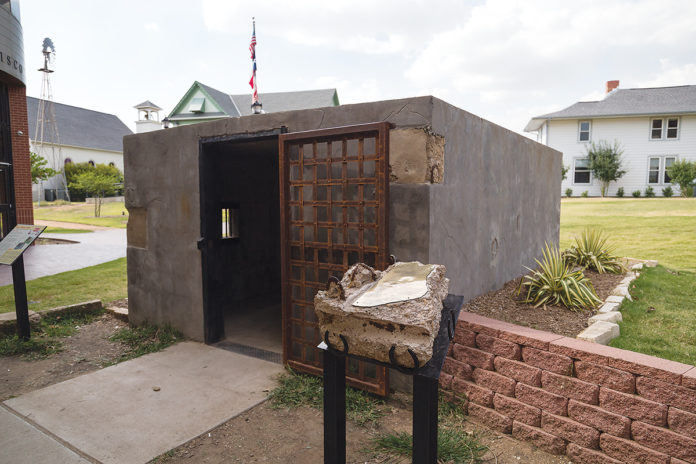“The world is going to hell in a hand basket!” This is what I heard recently from one of our local old-timers. I do not know how we are going to get the world stuffed into a hand basket, but I am inclined to agree with his sentiment. Today’s news is filled with shootings, bombings, robberies, murders and other forms of crime and violence involving utter disregard for law and authority. In other words, we have an abundance of lawbreakers (aka outlaws)!
Actually, there is nothing new about people breaking rules or the law by ignoring or disobeying orders from their superiors. The first recorded instance of a human disobeying an order from a higher authority is found in the Bible. The book of Genesis tells of Eve disobeying God by eating fruit from the only forbidden tree in the Garden of Eden. As comedian Flip Wilson used to say, “The Devil made her do it.” Adam took a bite of the fruit and both of them were in trouble for disobeying orders from God, the ultimate authority. Soon, Adam and Eve’s son, Cain, committed the first murder when he slew his younger brother, Able, and the world was off and running into a realm of crime.
Ever since that time, laws have been written and often broken. In fact, the Ten Commandments, the most famous of all laws, were inscribed into tablets of stone by God himself. Later, the stone tablets were broken by Moses in a fit of anger. Those same commandments are the basis of some of our laws today, namely the ones that say “do not murder” and “do not steal.” Sadly, those two laws are now being broken at an alarming rate.
Come with me as we look at outlaws of the past to see how they compare with today’s more sophisticated lawbreakers. Along the way, we will check out some of Frisco’s law enforcement history.
 In the 1800s, the Old West had outlaws who made it their main crime to rob stagecoaches and trains and steal cattle. Some of the more infamous outlaws of that era were Jesse James, “Doc” Holliday, Billy the Kid and Bat Masterson. A famous judge of that time was Judge Roy Bean, a justice of the peace in West Texas. He held court in his saloon, was “judge and jury” in his precinct and referred to himself as “the law west of the Pecos.” Though he was also known as the hanging judge, history shows that he sentenced only two men to be hanged, and one of those men actually escaped.
In the 1800s, the Old West had outlaws who made it their main crime to rob stagecoaches and trains and steal cattle. Some of the more infamous outlaws of that era were Jesse James, “Doc” Holliday, Billy the Kid and Bat Masterson. A famous judge of that time was Judge Roy Bean, a justice of the peace in West Texas. He held court in his saloon, was “judge and jury” in his precinct and referred to himself as “the law west of the Pecos.” Though he was also known as the hanging judge, history shows that he sentenced only two men to be hanged, and one of those men actually escaped.
Moving forward a few years, to the early 1900s, we see that outlaws switched from robbing stagecoaches and trains to easier targets, like banks. In 1902, a little village later to be named “Frisco” was born as a watering stop on the railroad. Six years later, the village had grown to 300 people, was incorporated and had elected its city officials, including its first law officer, a city marshal. There was no jail in Frisco until 1912 when the City Council voted to build what they called a “calaboose,” a very primitive little jail with no heat, cooling or water. It was built primarily as a temporary holding tank for drunks and serious offenders who were sent to McKinney for trial before a judge. Today, you can see a replica of the calaboose at the Heritage Museum.
For many years, Frisco’s police force had only one officer. I remember in the 1930s and early 1940s, Jarvis Hays was the town’s city marshal. We called him a night watchman. His primary duty, in addition to arresting drunks, was to see that all businesses were securely locked each night.
In 1920, Prohibition came to our nation. The 18th Amendment to the U.S. Constitution was adopted, banning the sale, production and transportation of alcoholic beverages. Suddenly, we had a new brand of criminals, including bootleggers, rumrunners, speakeasy owners and moonshiners. Al Capone, undoubtedly the best-known bootlegger and gangster of the Prohibition era, headed up a gang that was vying for control of the illegal liquor trade in Chicago. Mr. Capone was said to have orchestrated the 1929 Saint Valentine’s Day Massacre, which resulted in seven men gunned down in cold-blooded murder.
Thank goodness that Prohibition did not bring organized crime to Frisco. However, as a child, I remember seeing a local bootlegger (who shall remain unnamed) coming back from Dallas. His car was weighted down with something the “big boys” said was booze. It was rumored that some of our citizens were making legal amounts of home brew, bathtub gin and wine. I never heard of any revenuers coming to Frisco. In 1933, the 21st Amendment repealed Prohibition, leaving the states with certain local option capabilities to control liquor sales in their own jurisdictions.
The Great Depression of the 1930s helped start a resurgence of bank robberies. Two of the most notorious robbers of that era were John Dillinger and Willie Sutton. Mr. Sutton, when asked why he robbed banks, replied, “Because that is where the money is.” Bonnie and Clyde, Dallas natives, robbed banks from here to Missouri. In fact, one of their gang members robbed a bank in Lewisville and his escape route brought him speeding through Frisco. Two of our local young men gave chase, and when the thief was caught in a roadblock north of McKinney, he told the boys they were stupid for getting involved, and that he would have shot them if he had had time.
Early day Frisco enjoyed a relatively crime-free life compared to that of large cities. We have had very few murders over the years. However, one murder in the 1940s really stirred the town. The beloved school janitor, “Shorty” Lane, was robbed and beaten to death as he walked home one Saturday night. The town was in disbelief that something like this could happen here and that case was never solved.
In 1965, Frisco’s population consisted of about 1,200 people. The police department was established with Jack Lane as its first chief. The town’s low crime rate was broken in the 1970s when its only bank saw three robbery attempts. The first heist, in 1971, was successful. The thief got away with $26,000. The second attempt, in 1974, was a failed bomb threat. A year later, a western-style robbery attempt was foiled when a would-be robber burst into the bank with his gun drawn, demanding the teller, Mary Ann Barnes, to take him to the bank’s president. The robber ordered all of the bank’s employees to get on the floor, and at that time, our hero, Ms. Barnes, managed to hit the silent alarm. That brought Patrolman Don Click running with his gun drawn. When he burst through the door, the robber swung his gun in the direction of Patrolman Click who fired, missing the robber. The bullet hit the floor and sent a fragment flying through teller Ellie Minter’s pant leg. Thinking she had been shot, she fainted and the outlaw surrendered.
Today, Frisco’s population is rapidly approaching 150,000 people and we have a state-of-the-art police department with 156 officers and 65 civilian employees. Thankfully, our crime rate continues to be exceptionally low. The type of criminal that our nation’s law enforcement officers are dealing with is changing rapidly. We will always have burglars, murderers and common thieves, but today we are dealing with terrorists, shooters, ATM “smash and grabbers” and sophisticated thieves who steal our identities, credit cards and hack the Internet.
It would be nice if we all lived by the Golden Rule, which says, “Do unto others as you would have them do unto you.” Unfortunately, too many of us lean toward the version cited by the little boy whose Sunday school teacher asked him to recite the Golden Rule. Without hesitation, he said, “Do one to others before they do one to you!”
I guess that is just the outlaw in us all.


